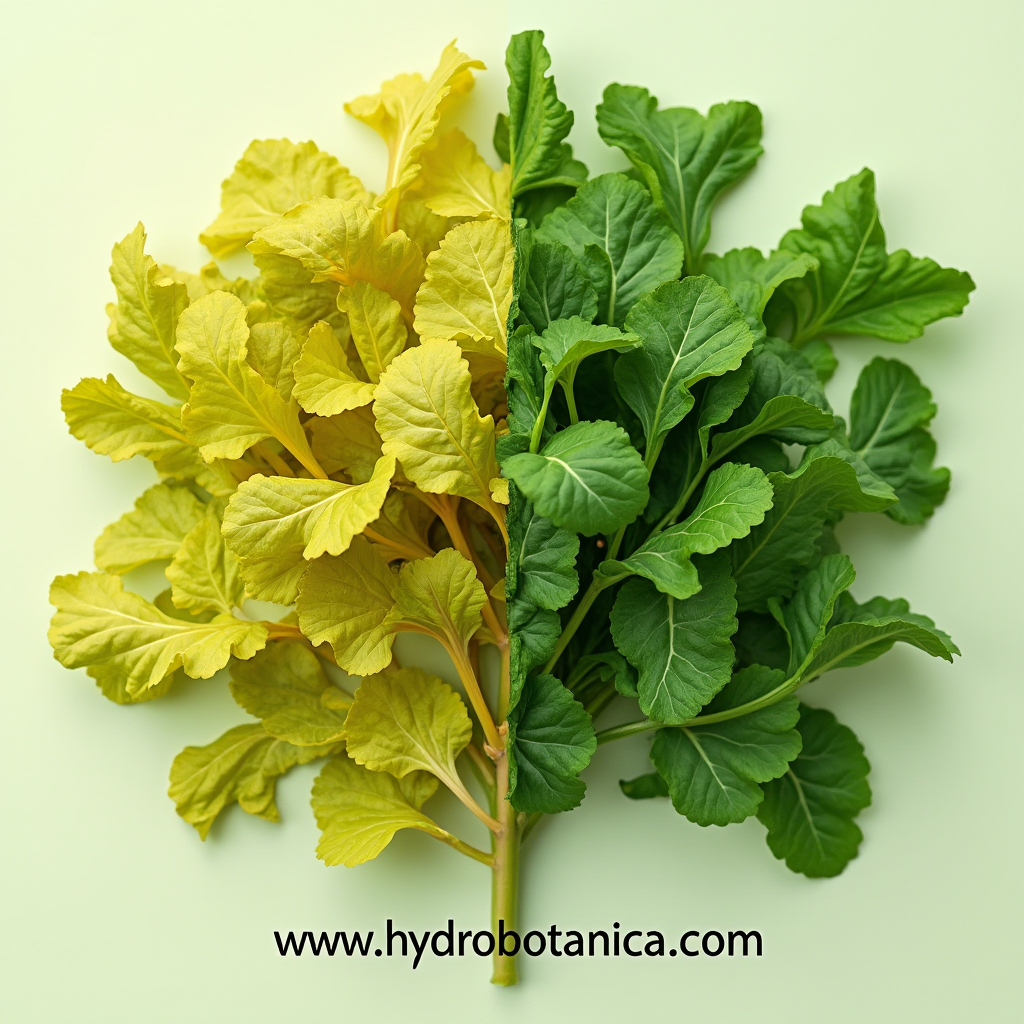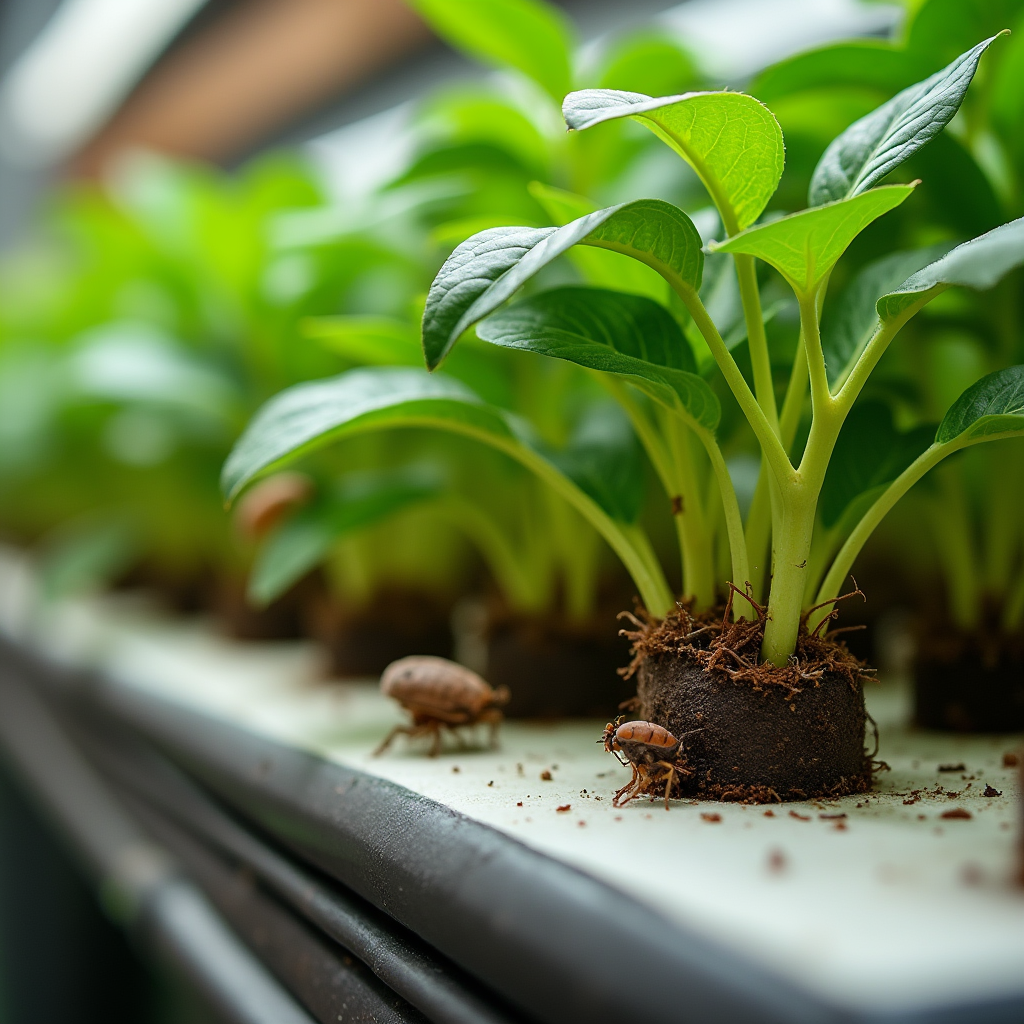Hydroponics is like the Tesla of gardening—sleek, efficient, and futuristic. But just like a high-tech car, even the best hydroponic systems can sputter if you don’t address common hiccups. Whether you’re a newbie wondering why your basil looks sad or a seasoned grower battling slimy roots, this guide dives deep into common hydroponic system issues and delivers practical, human-tested fixes. Let’s roll up our sleeves and get your garden back on track!
💧 Water Quality Issues in Hydroponics

Water is the lifeblood of hydroponics, but it’s also a magnet for problems. Let’s tackle the big three: algae, pH swings, and stagnation.
Why Water Quality Matters
Imagine trying to breathe through a straw while eating a sandwich. That’s what poor water quality does to plant roots. Algae in hydroponic reservoirs, imbalanced pH, and stagnant water choke roots, block nutrients, and invite disease.
The Fixes: Clear Water = Happy Plants
- Combat Algae
Algae thrive in sunlight and warmth. If your reservoir looks like a green smoothie, here’s your game plan:- Use opaque containers (no clear tubs!).
- Add a lid or aluminum foil to block light.
- For stubborn cases, add 1 tsp of food-grade hydrogen peroxide per gallon of water.
- pH Imbalances
pH swings lock out nutrients, leaving plants hungry. Most crops prefer a pH of 5.5–6.5.- Test daily with a digital pH meter (stripes on leaves? Check pH first!).
- Adjust with pH Up/Down solutions or natural alternatives like lemon juice (acidic) or baking soda (alkaline).
- Stagnant Water
Stagnant water is a VIP lounge for pathogens. Keep it moving!- Add an air stone ($10 on Amazon) to oxygenate roots.
- Use a submersible pump to cycle water every 30 minutes.
📊 Table: Comparing Water Sources for Hydroponics
| Water Type | Pros | Cons | Best For |
|---|---|---|---|
| Tap Water | Convenient, cheap | High chlorine/minerals | Small systems |
| Reverse Osmosis | Pure, no contaminants | Requires expensive system | Sensitive plants |
| Rainwater | Free, soft | Unreliable, may collect debris | Eco-friendly setups |
Pro Tip: Let tap water sit overnight to evaporate chlorine before using!
🌿 Nutrient Deficiency in Hydroponics: Spot the Signs

Plants can’t yell, but yellow leaves are their SOS. Here’s how to decode their cries for help.
The Nutrient Balancing Act
Too little = deficiency. Too much = toxicity. It’s a tightrope walk!
📊 Table: Common Nutrient Deficiencies & Fixes
| Nutrient | Deficiency Signs | Toxicity Signs | Quick Fix |
|---|---|---|---|
| Nitrogen | Yellow older leaves | Dark green, brittle leaves | Add calcium nitrate |
| Iron | Yellow leaves, green veins | Bronze spots | Lower pH to 5.5; add chelated iron |
| Calcium | Curling new leaves | Stunted growth | Mix cal-mag supplement |
Step-by-Step Recovery Plan
- Flush the System
Run pH-balanced water through your system for 1–2 hours to reset nutrient levels. - Rebuild Gradually
Add nutrients at 50% strength for 2 days, then increase to full dose. - Monitor EC Levels
Keep electrical conductivity (EC) between 1.2–2.5 mS/cm for leafy greens and 2.5–3.5 for fruiting plants.
🎥 Watch This: How to Mix Hydroponic Nutrients Like a Pro (5-minute video by Urban Hydro)
🐜 Pest Management in Hydroponics

“But hydroponics is soil-free—why are there gnats?!” Sound familiar? Let’s evict those freeloaders.
Common Pests & Diseases
- Fungus Gnats: Larvae munch roots; adults swarm lights.
- Root Rot: Slimy, brown roots from Pythium bacteria.
- Spider Mites: Tiny vampires that suck plant juices.
Battle Tactics
- Fungus Gnats
- Lay sticky traps near the base.
- Drench roots with Bacillus thuringiensis (BT)—a natural bacteria that kills larvae.
- Root Rot
- Trim infected roots.
- Add hydrogen peroxide (3% solution: 2 tsp per gallon) to the reservoir.
- Preventative Care
- Quarantine new plants for 48 hours.
- Use sterile growing media like clay pebbles or rockwool.
Pro Tip: Introduce ladybugs for aphid control—they’re the garden’s bouncers!
🔧 Hydroponic Equipment Troubleshooting
Pumps die. Leaks happen. Here’s how to play hydroponic handyman.
Quick Fixes for Common Failures
- Dead Pump: Check for clogs, then test in a bucket. Still silent? Replace the impeller.
- Leaky Tubing: Wrap with self-fusing silicone tape ($8 at hardware stores).
- Clogged Drippers: Soak in vinegar overnight to dissolve mineral buildup.
📊 Table: Maintenance Checklist
| Task | Frequency | Tools Needed |
|---|---|---|
| Check pH/EC | Daily | pH meter, EC tester |
| Clean Reservoir | Weekly | Hydrogen peroxide, scrub |
| Inspect Tubing | Monthly | Flashlight, replacement parts |
🌡️ Environmental Control in Hydroponics
Your plants aren’t Goldilocks, but they want everything just right.
Temperature & Humidity Hacks
- Too Hot?
- Use a water chiller or freeze water bottles in the reservoir.
- Ideal water temp: 65–70°F (18–21°C).
- Too Dry/Humid?
- Humidifier for arid climates; dehumidifier for tropical setups.
- Aim for 40–60% humidity.
Lighting Tips
- Leggy Plants? Lower lights to 12–18 inches.
- LED vs. HID: LEDs run cooler; HID packs more punch for fruiting plants.
🌟 Conclusion: Master Your Hydroponic System
Hydroponics isn’t “set it and forget it”—it’s a dance with nature. Test water, tweak nutrients, and stay one step ahead of pests. Remember, every mistake is a lesson.
Got questions? Drop them below! And if you’re a visual learner, check out this video:
🎥 5 Hydroponic Mistakes I Made (So You Don’t Have To)
❓ FAQ: Your Hydroponic Questions Answered
Q: Can I use aquarium water for hydroponics?
A: Yes! It’s rich in nitrogen—just check pH first.
Q: How often should I replace nutrients?
A: Every 7–10 days, or after topping off water 3 times.
Q: Why are my roots brown but not slimy?
A: Could be staining from nutrients (harmless) or early root rot. Sniff test: Rotten smell = rot.
Happy Growing! 🌿
With these tips, your hydroponic garden will be the envy of the neighborhood. Share your wins (or fails!) in the comments—we’re all in this together!





